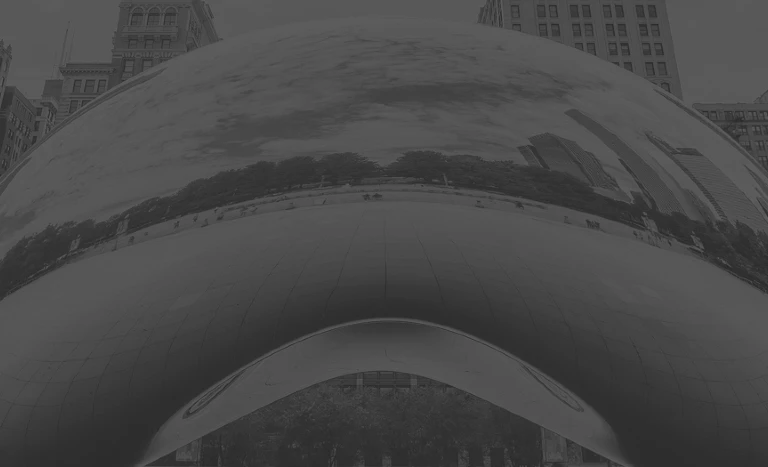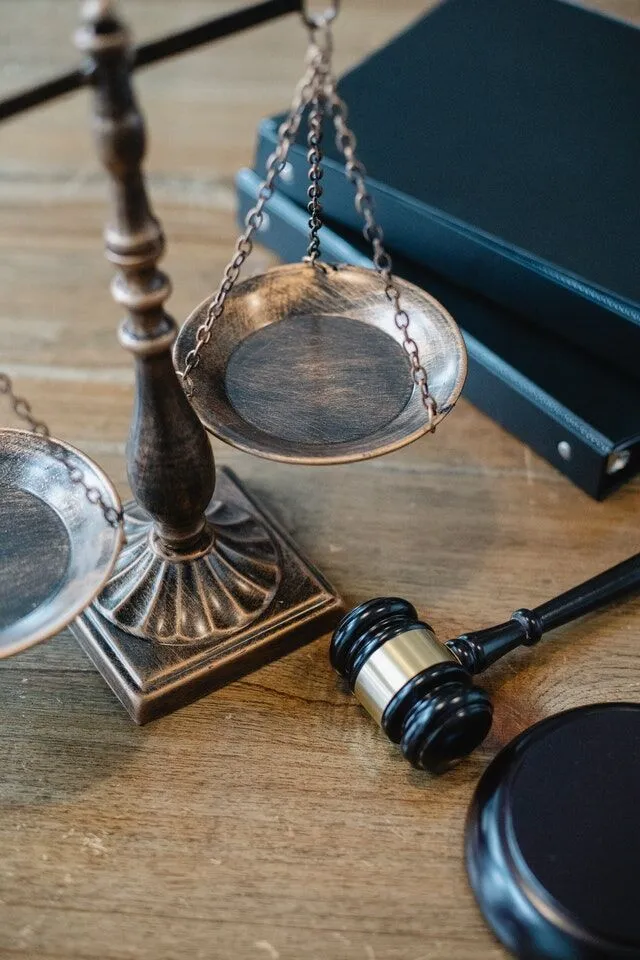Understanding Premises Liability In Slip And Fall Accidents
Are you aware that a simple trip, slip, or fall could lead to an unexpected legal journey? It’s important to realize that slip and fall accidents do not just result in physical injury; they have legal implications too. It all boils down to premises liability – a legal context some never venture into until it becomes a necessity. As we delve into the labyrinth of premises liability, specifically regarding slip and fall accidents, we aim to shed light on your responsibilities, rights, and legal remedies should you find yourself unfortunate enough to experience such a mishap. Unraveling the mystery behind this complex legal affair can be crucial when seeking justice for an injury that awaits at every ill-maintained step. Brace yourself: it’s time to know your rights and navigate your way through the legal maze of premises liability.
Defining Premises Liability: Slip and Fall Accidents
Slip and fall accidents are a common type of premises liability claim where an individual sustains injuries due to a hazardous condition on someone else’s property. This can occur in various settings, such as grocery stores, restaurants, office buildings, or even private residences. The key concept in premises liability cases is establishing who is responsible for maintaining a safe environment for visitors.
Let’s illustrate this with an example: Imagine you visit a local grocery store to pick up some items. As you walk down one of the aisles, you unexpectedly slip on a wet floor that has no warning signs or mats. Consequently, you fracture your wrist and endure substantial medical expenses as well as pain and suffering.
In such cases, the property owner or occupier may be held liable for your injuries if it can be proven that they failed to maintain a reasonably safe environment or neglected to address hazards promptly. To establish liability, several factors are typically considered:
- Duty of care: Property owners have a legal duty to exercise reasonable care to keep their premises safe for visitors and prevent foreseeable harm.
- Breach of duty: It must be shown that the property owner breached their duty of care by either creating the hazardous condition or failing to rectify it within a reasonable timeframe.
- Causation: It must be demonstrated that the hazardous condition directly caused the slip and fall accident, resulting in injuries.
- Damages: Lastly, the injured party needs to provide evidence of actual damages suffered as a result of the accident, such as medical bills, lost wages, and pain and suffering.
It’s important to note that premises liability law varies from state to state and may involve complex legal principles. Seeking the assistance of experienced personal injury lawyers is crucial in navigating these intricacies and building a strong case.
Now that we have a foundational understanding of premises liability and slip and fall accidents, let’s explore the laws that govern these cases and provide legal protection to those injured.
Laws Governing Premises Liability
Premises liability laws serve as a framework for holding property owners accountable for injuries that occur on their properties due to negligence. These laws aim to ensure that those who suffer harm as a result of hazardous conditions can seek compensation for their injuries and associated damages.
For instance, let’s consider a scenario where someone visits an amusement park and is injured on a ride due to faulty maintenance. The injured individual may pursue legal action based on premises liability laws, seeking compensation for medical expenses, lost wages, and pain and suffering.
The specifics of premises liability laws can vary across jurisdictions, but some common principles include:
- Duty of care: Property owners owe a duty of care to individuals who are legally permitted to be on their premises. This duty requires them to maintain reasonably safe conditions.
- Standard of care: The standard of care expected from property owners depends on the visitor’s classification – whether they are classified as invitees (customers), licensees (social guests), or trespassers.
- Notice: Property owners must have actual or constructive knowledge of the hazardous condition in order to be held responsible. Actual knowledge refers to having direct awareness of the condition, while constructive knowledge implies that the property owner should have known about the dangerous condition through reasonable inspection procedures.
- Comparative fault: In some jurisdictions, comparative fault principles may come into play, considering the level of fault attributed to both the property owner and the injured party. Comparative fault allows for proportional allocation of damages based on each party’s degree of responsibility.
It’s worth noting that premises liability laws are not static and can evolve over time based on court decisions and legislative changes. Staying informed about recent developments can provide valuable insights when pursuing a premises liability claim.
Recognizing Hazardous Conditions on a Property
When it comes to premises liability cases, it’s crucial to recognize hazardous conditions on a property to understand the potential risks and legal implications. While property owners have a duty to maintain their premises in a reasonably safe condition, visitors also have a responsibility to exercise caution. Being aware of common hazardous conditions can help prevent accidents and protect your rights if you do experience an injury.
Slippery surfaces are one of the most prevalent hazards that can cause slip and fall accidents. These surfaces can be caused by spills, leaks, or improper maintenance. For example, a grocery store aisle might become slippery due to a spill that hasn’t been promptly cleaned up or marked as potentially dangerous. Uneven surfaces, such as potholes or cracks in sidewalks or parking lots, can also pose a significant risk.
Imagine you’re walking through an apartment complex and notice a loose handrail on a staircase. This hazardous condition could result in someone losing balance and falling down the stairs if not addressed promptly.
Inadequate lighting is another hazard that can contribute to accidents. Insufficiently lit areas can make it difficult for individuals to see potential dangers in their path, increasing the likelihood of tripping over objects or misjudging steps.
It’s also important to recognize other hazardous conditions, such as obstructions or debris blocking walkways and stairways and a lack of warning signs for potential dangers like wet floors or construction zones, and even inadequate security measures that may lead to assaults or incidents.
Identifying Responsibility: Property Owner vs. Visitor
Determining who holds responsibility in premises liability cases depends on various factors and legal principles. So how do we identify the responsible party: the property owner or the visitor?
The property owner has a duty of care to maintain their property in a reasonably safe condition and warn visitors about any known hazards that may exist. They may be held liable if they were aware of a hazardous condition or should have been reasonably aware but failed to take appropriate measures to mitigate the risk.
Let’s say you slip and fall in a grocery store due to a wet and unmarked floor caused by a leaking refrigerator. If it can be proven that the store’s management was aware of the leak but failed to fix it or place warning signs, they may be held responsible for your injuries.
However, visitors also have a responsibility known as comparative negligence. This means that if their own actions contributed to the accident, their compensation may be reduced based on their percentage of fault. For instance, if someone ignores warning signs or engages in reckless behavior despite recognizing a hazard, their own negligence may diminish the property owner’s liability.
Consider a scenario where a visitor at a shopping mall is texting on their phone instead of paying attention to their surroundings. In this case, if they trip over an obvious obstacle and injure themselves, they might bear some responsibility for not exercising caution.
It’s worth noting that premises liability laws differ from state to state. Some states follow a pure comparative negligence rule, which means even if the injured party is 99% at fault, they can still seek compensation for the remaining 1%. Other states have modified comparative negligence rules where compensation is only allowed if the injured party is less than 50% at fault.
Understanding how responsibility is determined in premises liability cases is crucial when pursuing legal action and seeking compensation. It requires careful analysis of the circumstances surrounding the incident and consultation with experienced attorneys who specialize in premises liability cases.
Legal Ramifications in Premises Liability Cases
When it comes to slip and fall accidents, premises liability plays a crucial role in determining the legal ramifications for property owners. In simple terms, premises liability holds property owners responsible for maintaining safe conditions on their premises, and should they fail to do so, they may be held accountable for any injuries that occur as a result of their negligence.
Slip and fall lawsuits are the most common lawsuits brought in the United States. Personal injury law encompasses any injury, harm, wrongdoing, or damage caused by the negligence or actions of another party. Slip and fall accidents can result in devastating physical and financial consequences for the victims.
In order to establish liability, several key factors need to be considered. First and foremost, it must be proven that the property owner owed a duty of care to the injured individual. This duty of care implies that the owner has a responsibility to maintain safe conditions on their property or warn of any known hazards.
Let’s consider an example: A grocery store owner has an obligation to regularly inspect the store for potential hazards such as wet floors or loose tiles. If a customer slips on a recently mopped floor without proper warning signs or fails to address known issues promptly, the store owner may be held liable for any resulting injuries.
Once it is established that a duty of care exists, the next step is to demonstrate that the property owner breached that duty. This typically involves proving that they failed to take reasonable measures to prevent foreseeable accidents or promptly address hazardous conditions.
Imagine you are walking through a shopping mall where a leaky ceiling causes water to accumulate on the floor. If this condition persists without warning signs or proper maintenance, and you slip and injure yourself as a result, there is clear evidence of breach of duty by the mall management.
Lastly, it must be shown that this breach of duty directly caused the individual’s injuries. This can involve gathering evidence such as photos of the accident scene, witness statements, medical records, and maintenance records to establish a causal connection.
The legal ramifications in premises liability cases can vary depending on the specific circumstances, severity of the injuries, and applicable laws in the jurisdiction. In some cases, injured parties may seek financial compensation for medical expenses, lost wages, pain and suffering, and other damages resulting from the slip and fall accident.
Understanding Premises Liability in Slip and Fall Accidents
Premises liability is a crucial concept when it comes to slip and fall accidents, and understanding it can significantly impact your case. At Michael J. Brennan, our experienced lawyers are well-versed in the complexities of premises liability law. We recognize that property owners have a responsibility to maintain safe premises for visitors, and when they fail in that duty, accidents can occur. If you’ve been injured in a slip and fall accident, consulting with us can help you grasp the legal aspects of your situation. We’ll work tirelessly to investigate the circumstances, assess liability, and build a strong case on your behalf.
Contact Michael J. Brennan today to begin your journey toward justice and compensation.


